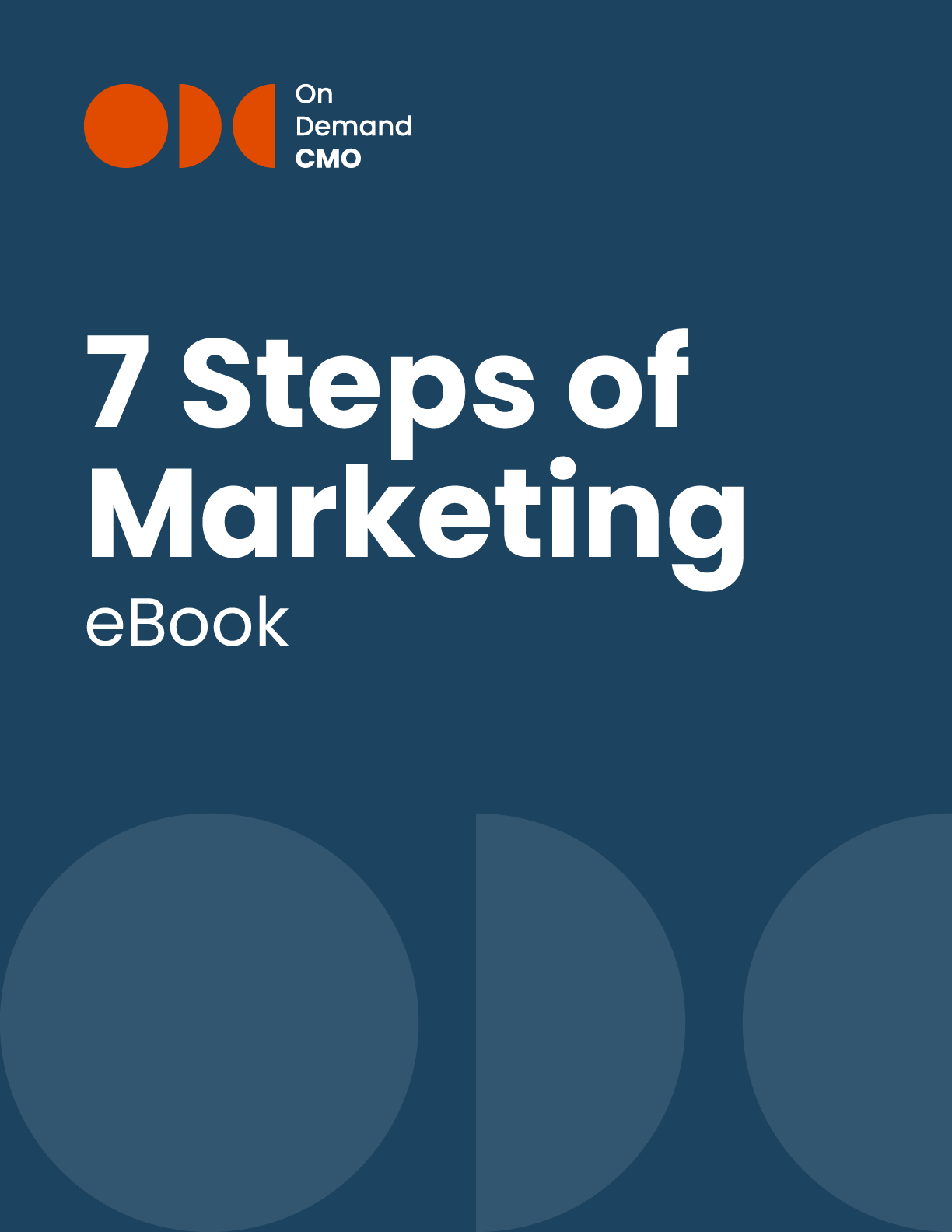
Marketing is hard work. It’s even harder when on top of fighting to create new content and reach more customers, you have to fight your own IT team. In many companies, IT and marketing often don’t play well together and each one becomes a ball-and-chain weight on the other, hampering productivity for both departments. It doesn’t have to be that way though. Here’s how marketers can bridge the gap between marketing and IT departments.
First, remember what marketing is – at its core, marketing is about influencing behavior (e.g. purchasing, etc.). In order to influence your customers’ behavior, you need to know everything possible about your customers – Who are they? What are their concerns? What are their pain points?
Once you understand what makes your customers tick, you can craft messages for them that speak to the friction points of their business. You can speak their language. As marketers, we’re great at doing this externally for our customers, but it’s time we ate our own dog food and did it internally, for the other company departments we work with, starting with IT.
IT folks have a bit of an image problem and are hated/feared in many organizations. There’s a reason the comic strip Dilbert has a slightly demonic character named Mordac, the Preventer of Information Services. The truth is though; IT has the most thankless job in most organizations. When things go right, nobody notices them or what they do, but when things go wrong, people fight each other for the opportunity to bash IT and throw them under the bus.
Now, put on your marketing hat and look at your IT department – Who’s in IT? What are their priorities? It may seem like they block your requests for new systems/hardware/etc. out of spite, but in reality, IT likely has concerns over data security or compatibility with the company’s extant systems.
Get to know your IT department. As marketers, we’re used to building relationships with customers—do the same thing with your IT folks. Find out what is important to the IT department. Find out who the key players in the department are and maybe even build personas for them to help you present information to them in a way that they can hear and agree with you.
I’ve said this over and over again, but you have to speak your customers’ language. In this case, treat the IT department as a customer. When your IT folks are looking at new technology, they want to know if it will fit in their existing information architecture. How secure is the new system? How much work will it take for the IT department to implement your new technology? Will IT have to do any development work for this so-called “out-of-the-box” software package?
Help IT to help you. Share your objectives with IT and listen to their concerns. Together, you can make your goals align. When you’re looking for a new software solution, tell IT and they’ll send a checklist in the form of a “request for information” or request for proposal” to your preferred vendors to get the info they need. Doing this will go a long way towards getting IT’s support and buy-in.
Whether you’re looking for new tools for marketing automation, digital signage, or sales enablement, don’t bypass IT. Talk to IT—present your objectives in their language, listen to their feedback and work out a solution together. IT’s job is to help you be more productive but they can only do this if you work with them.

OnDemandCMO has authored 7 Steps of Marketing, the only marketing guide book you’ll need to either get your marketing started properly, or stay on track strategically.
It features best practices on branding, messaging, social media, lead generation and much in between.
Please let us know who you are, and we'll share a few of our secrets (we don't sell or trade your info)!